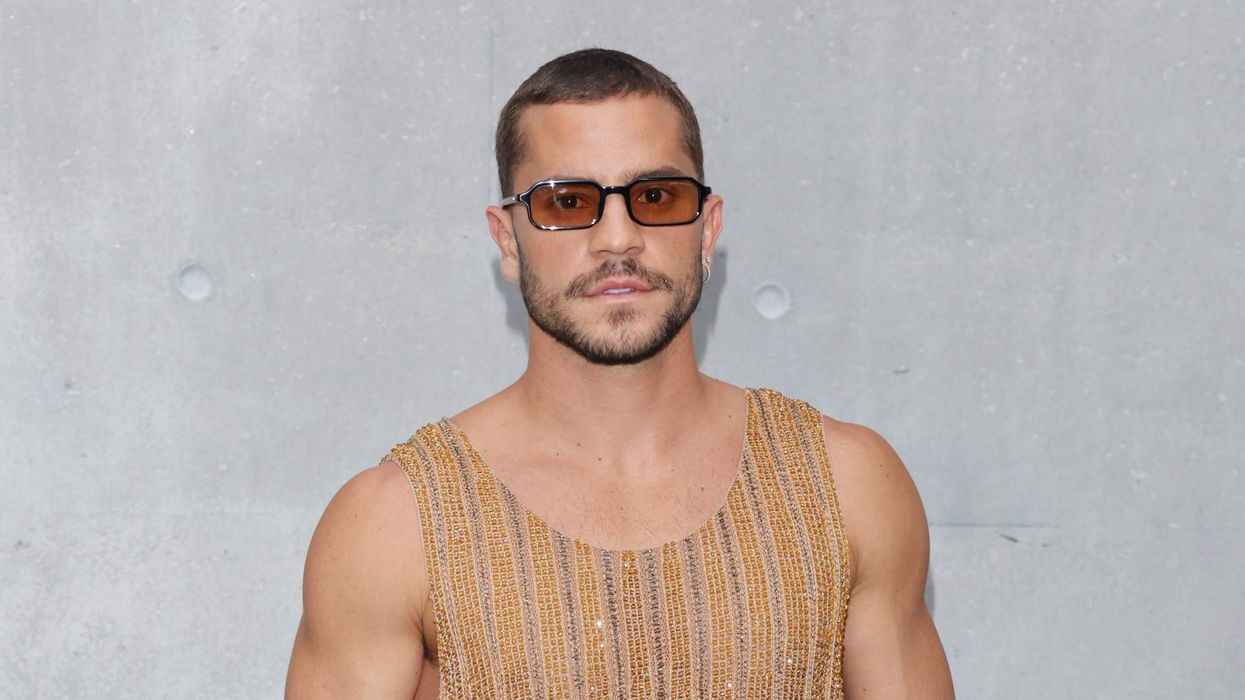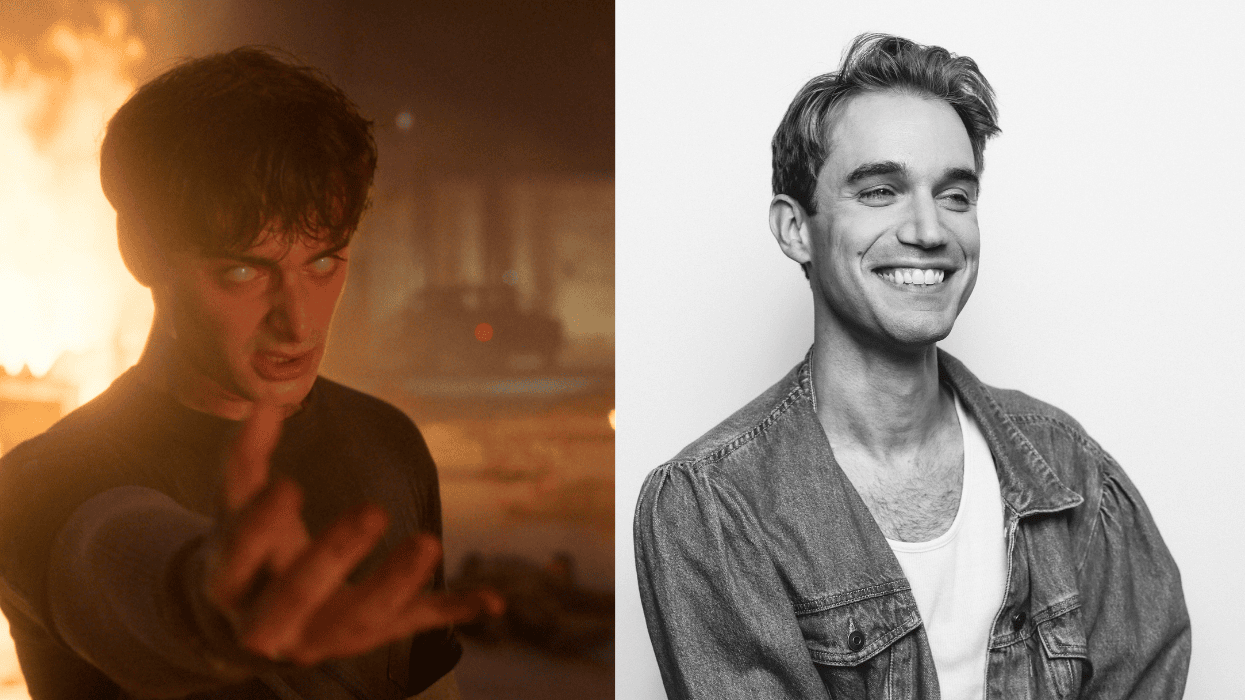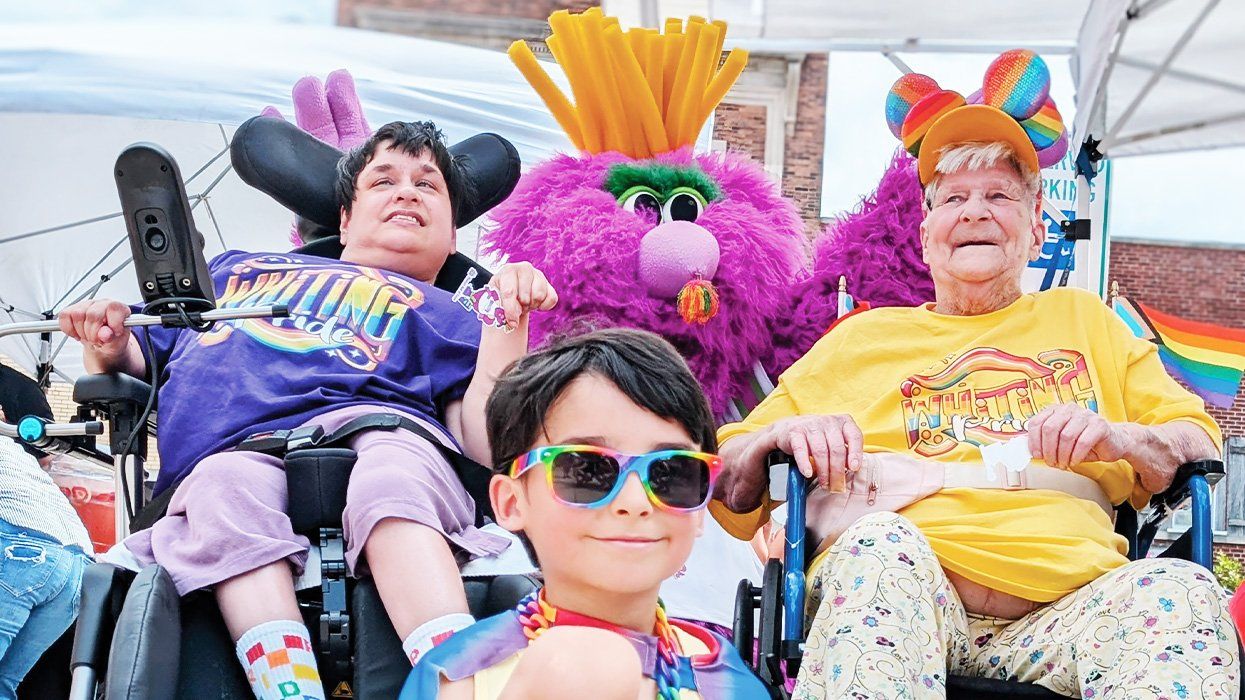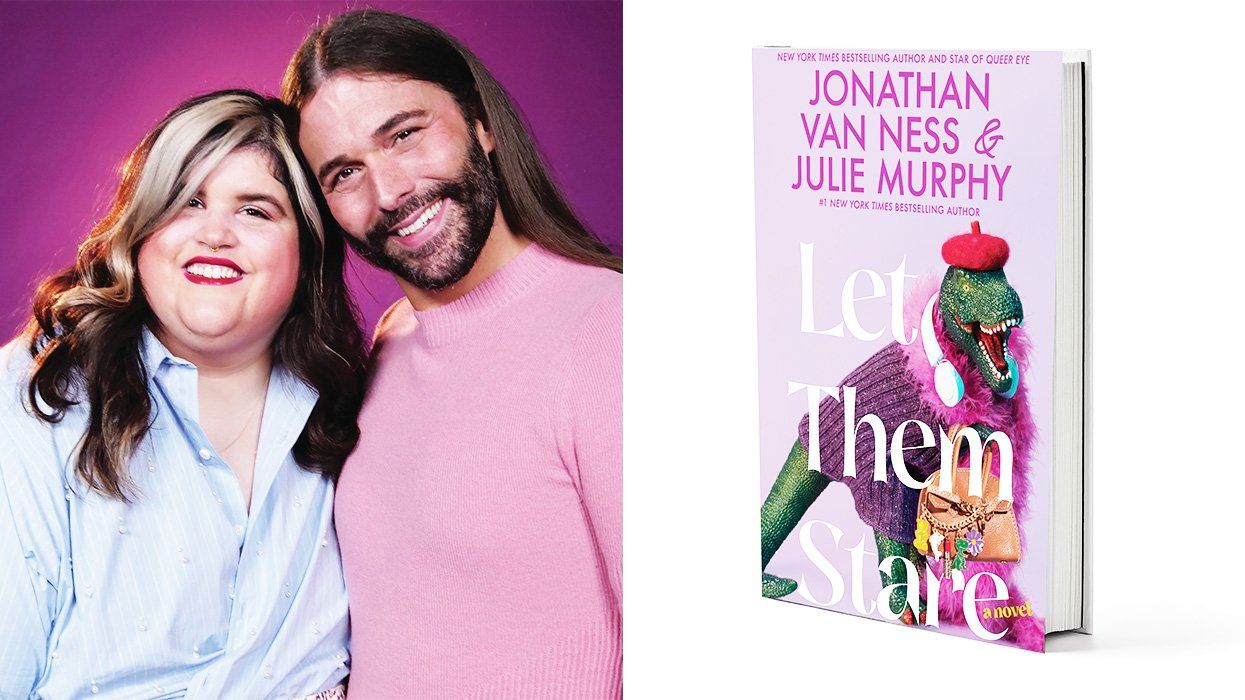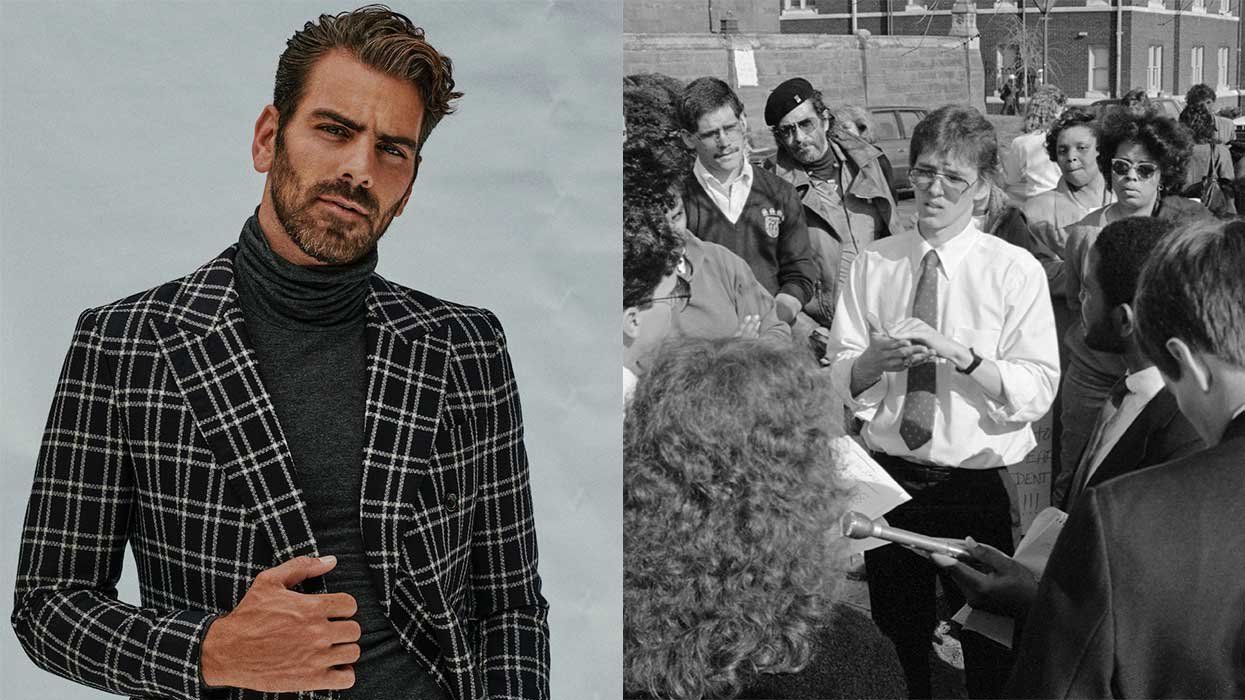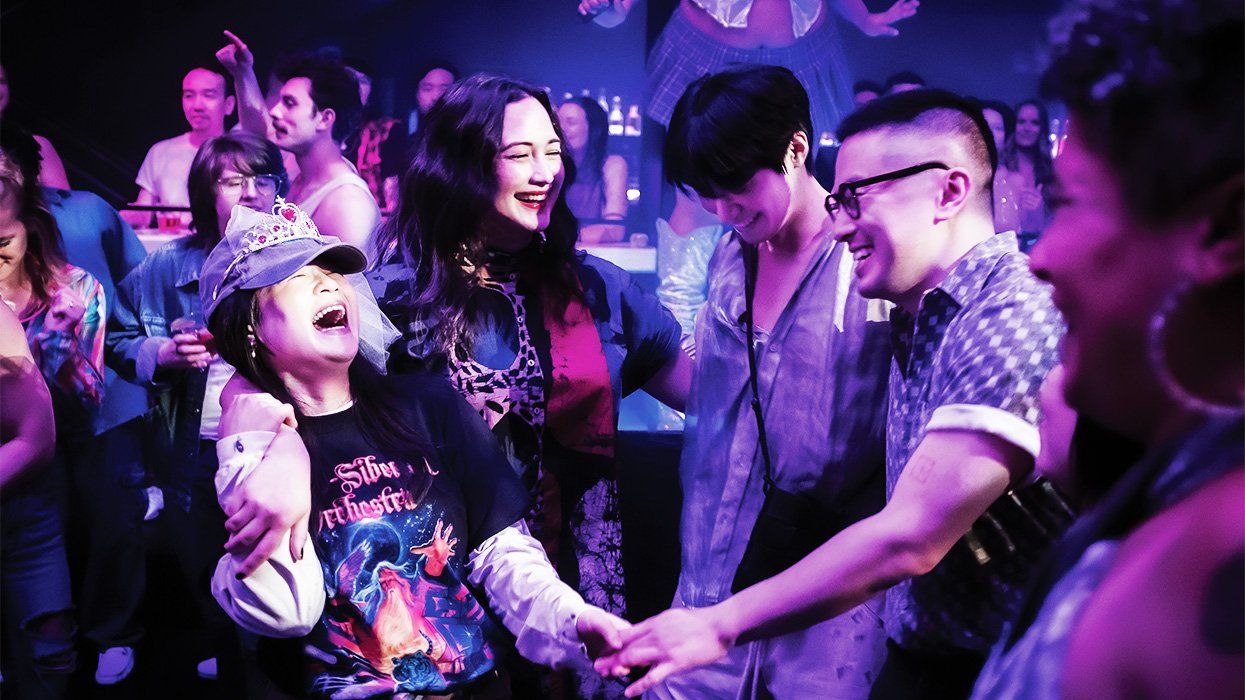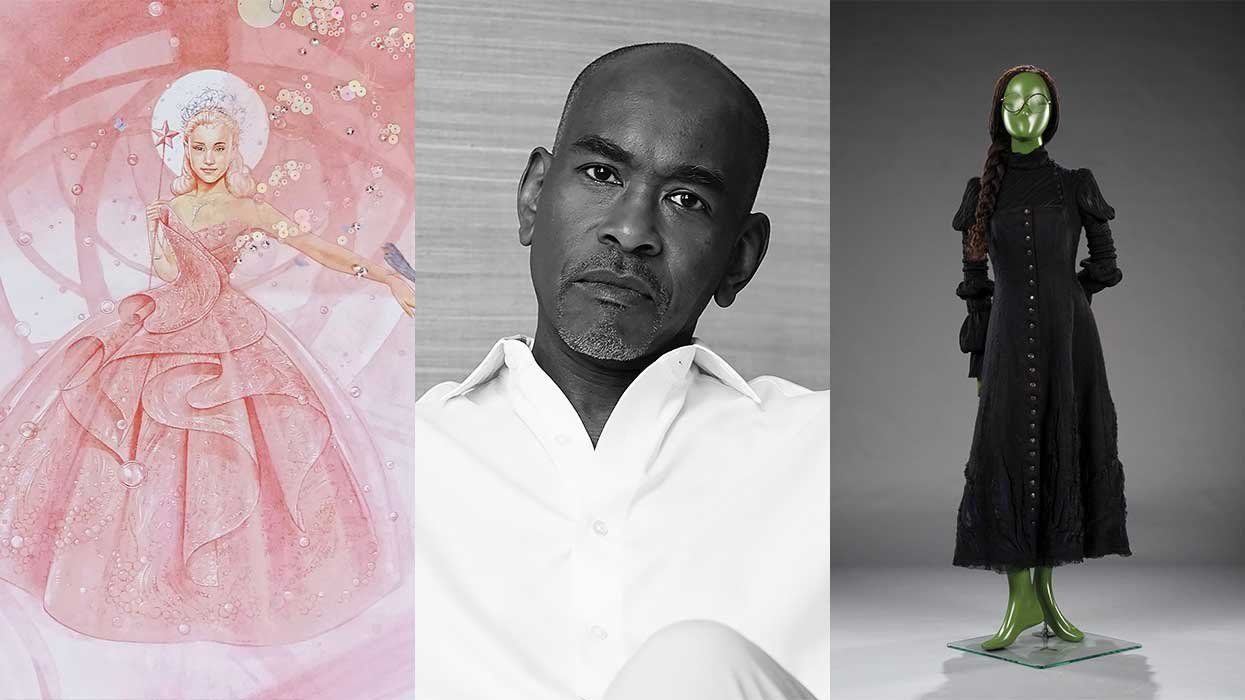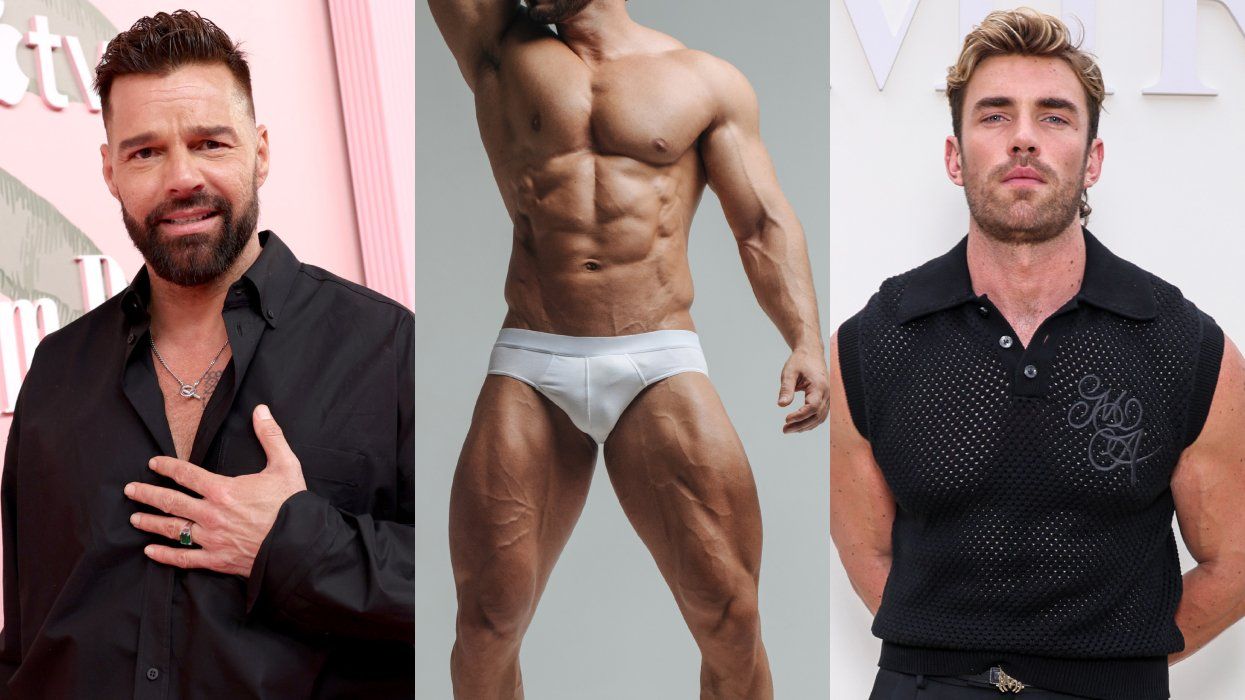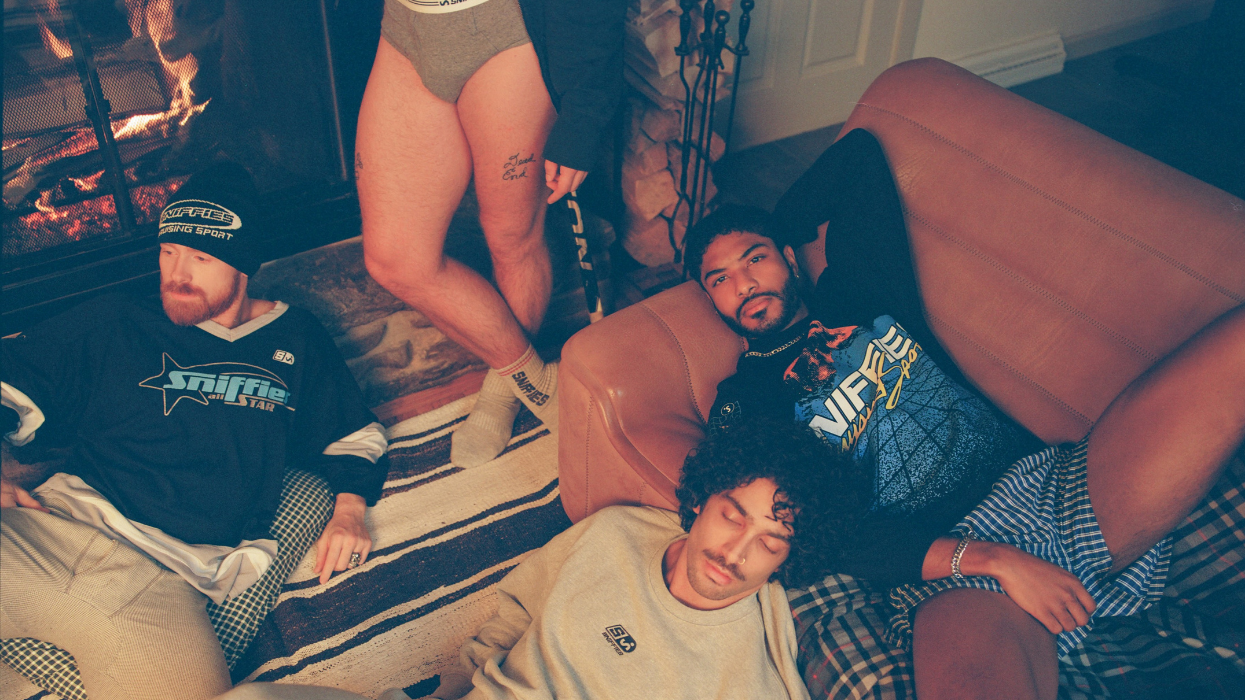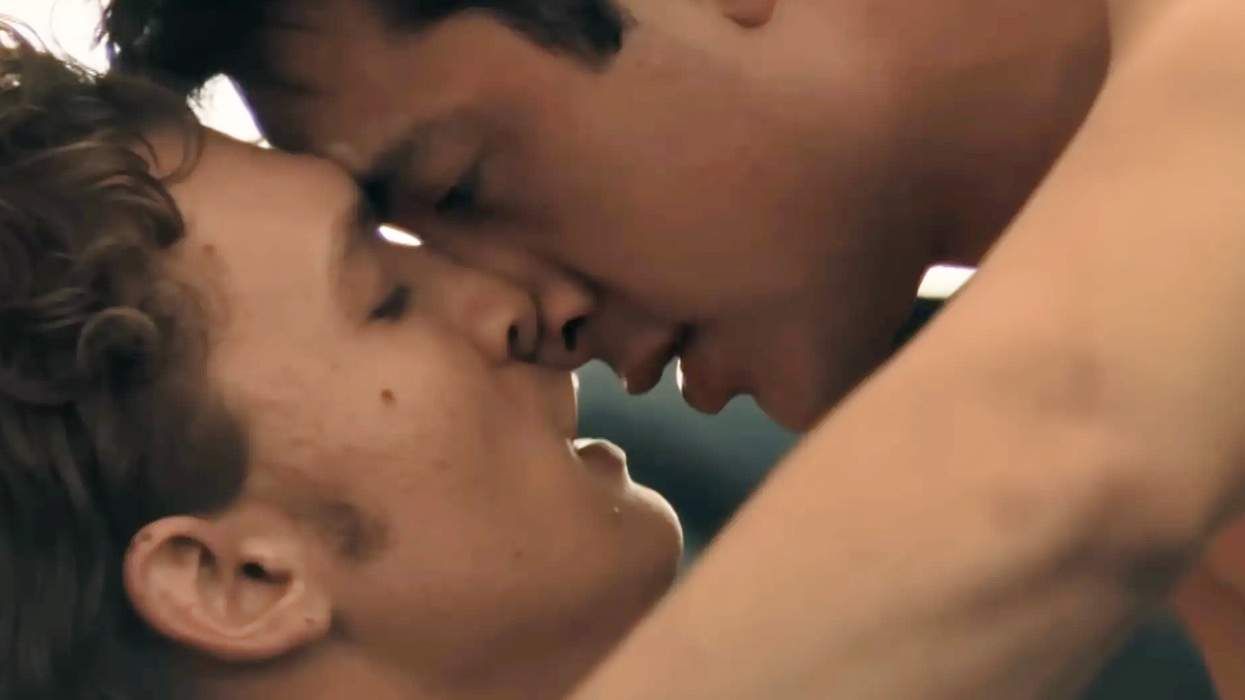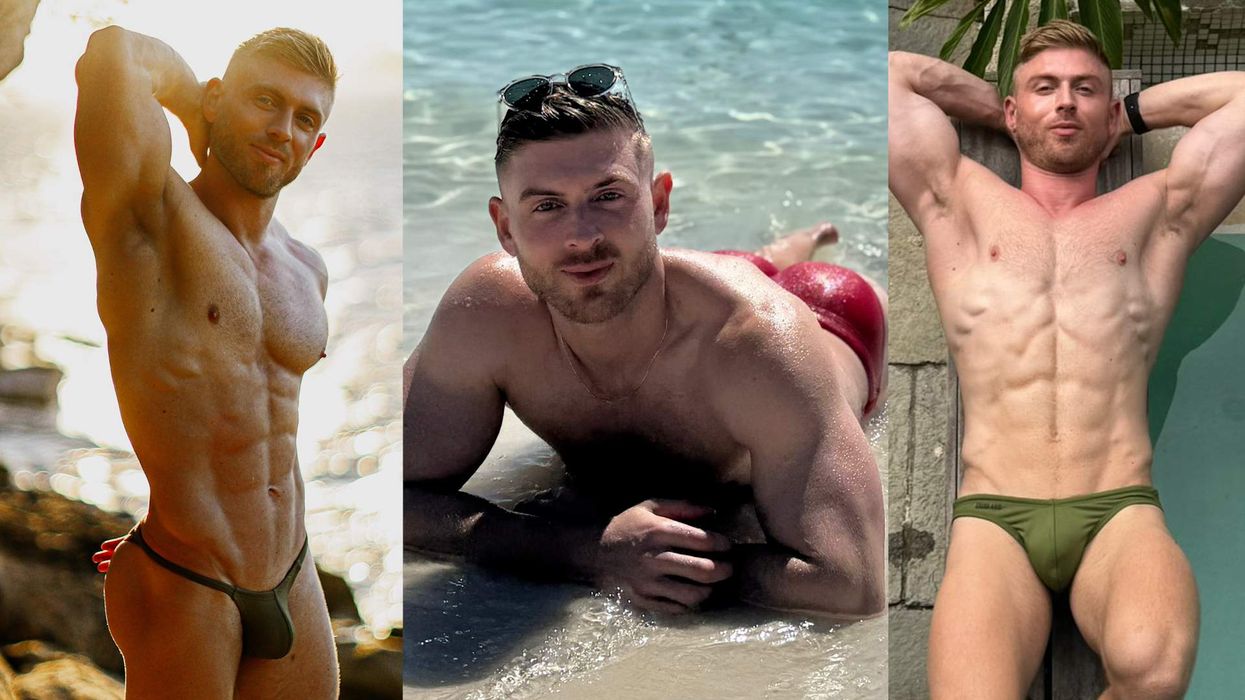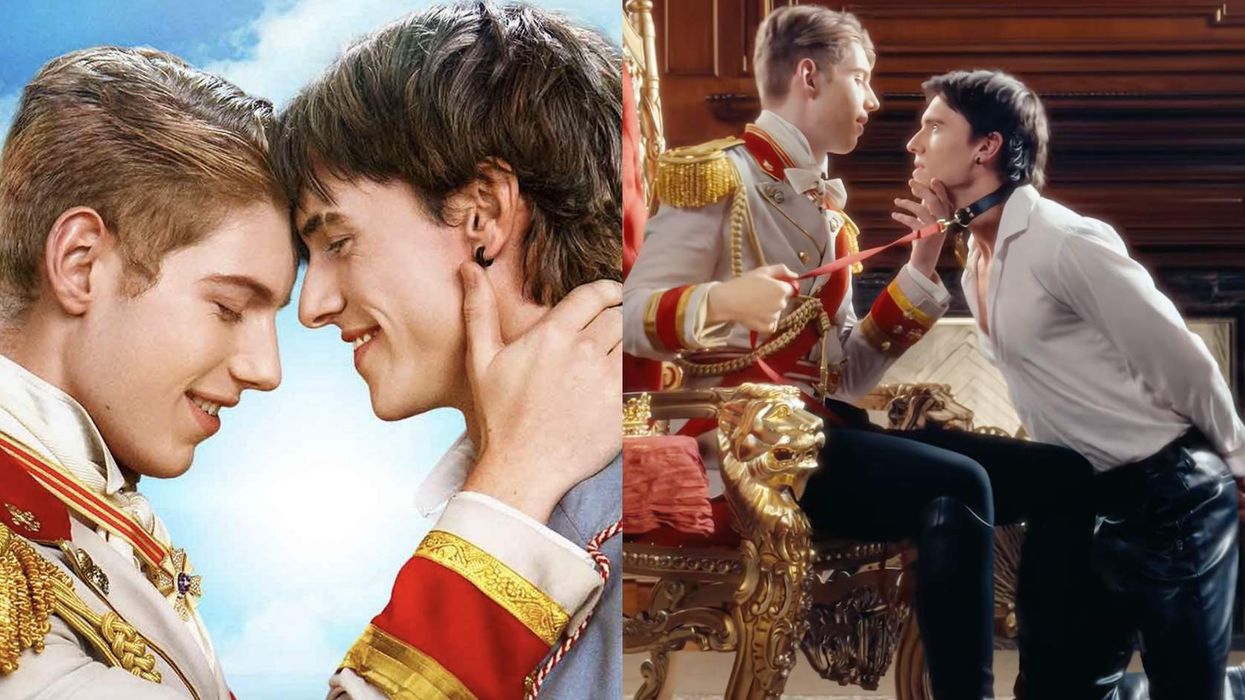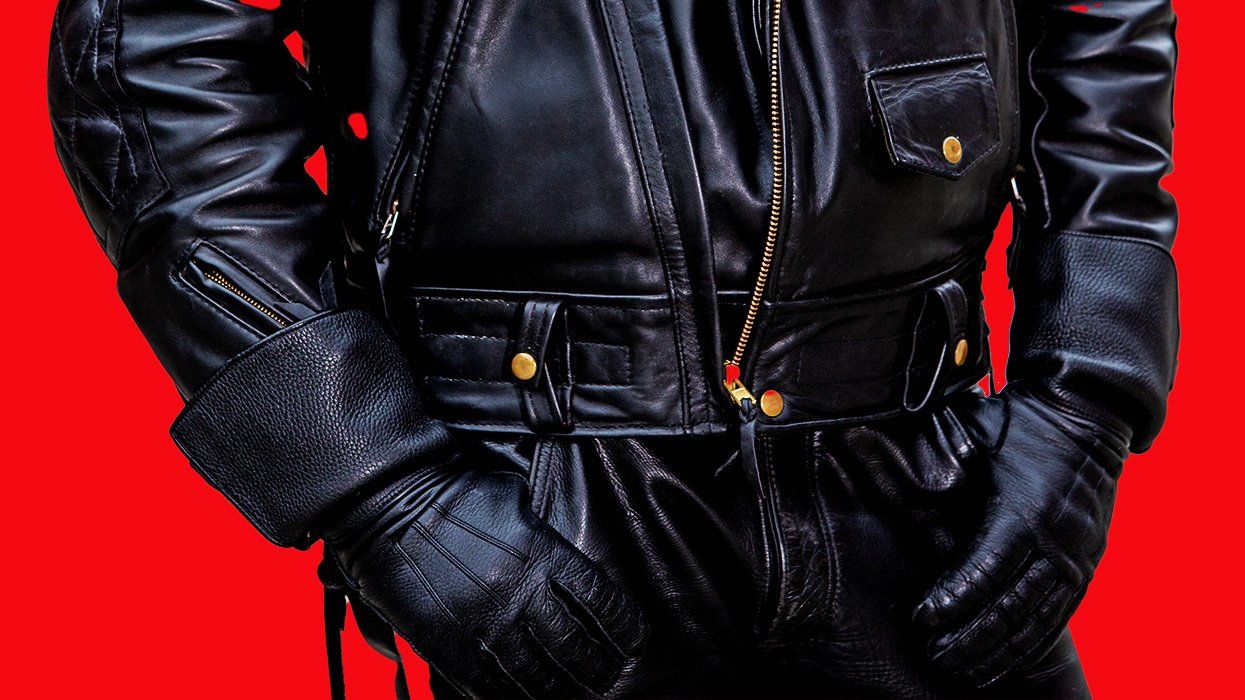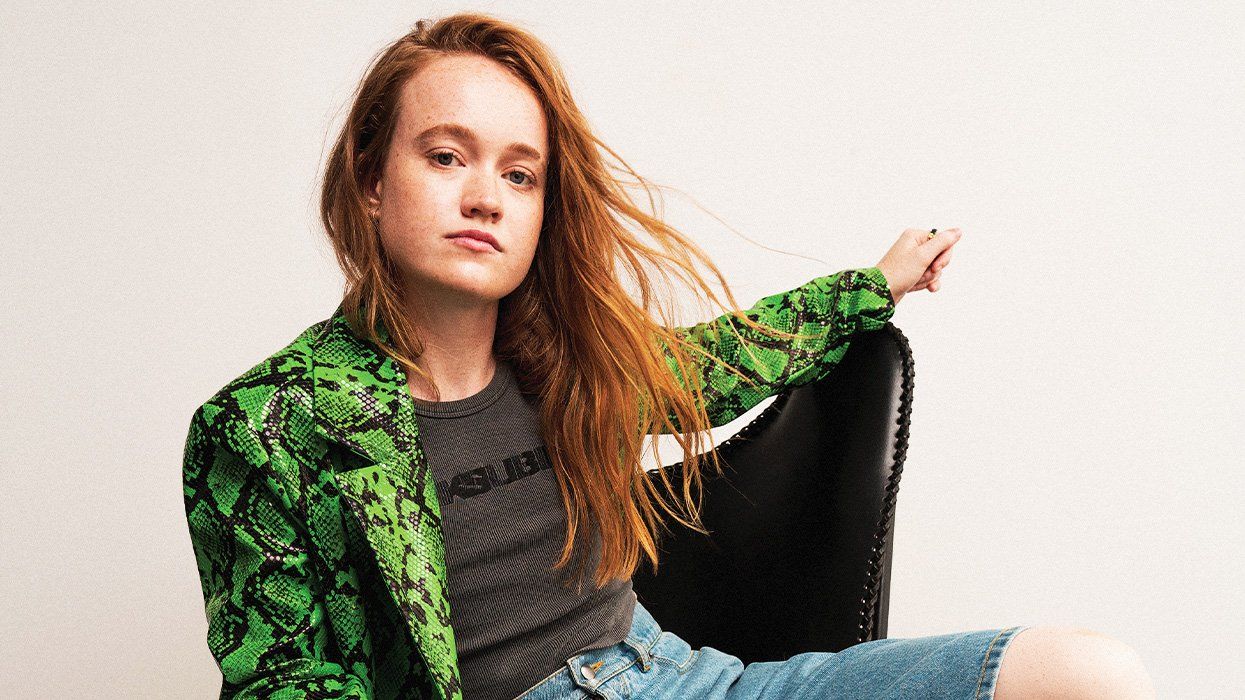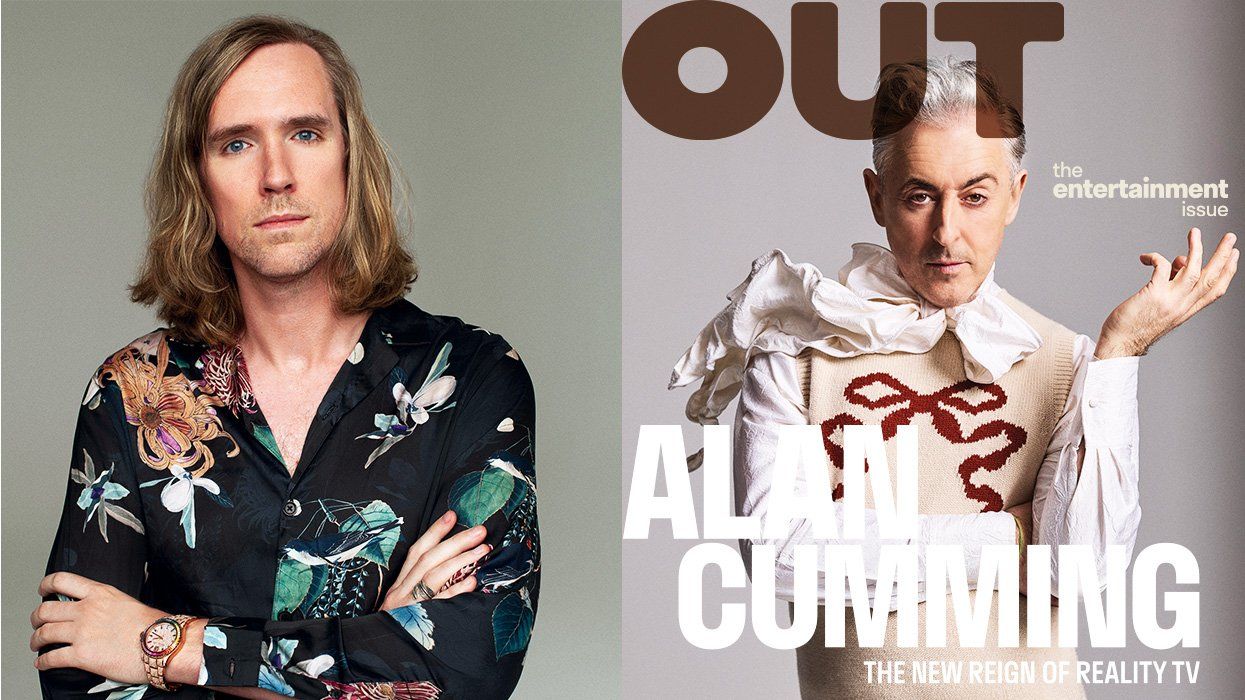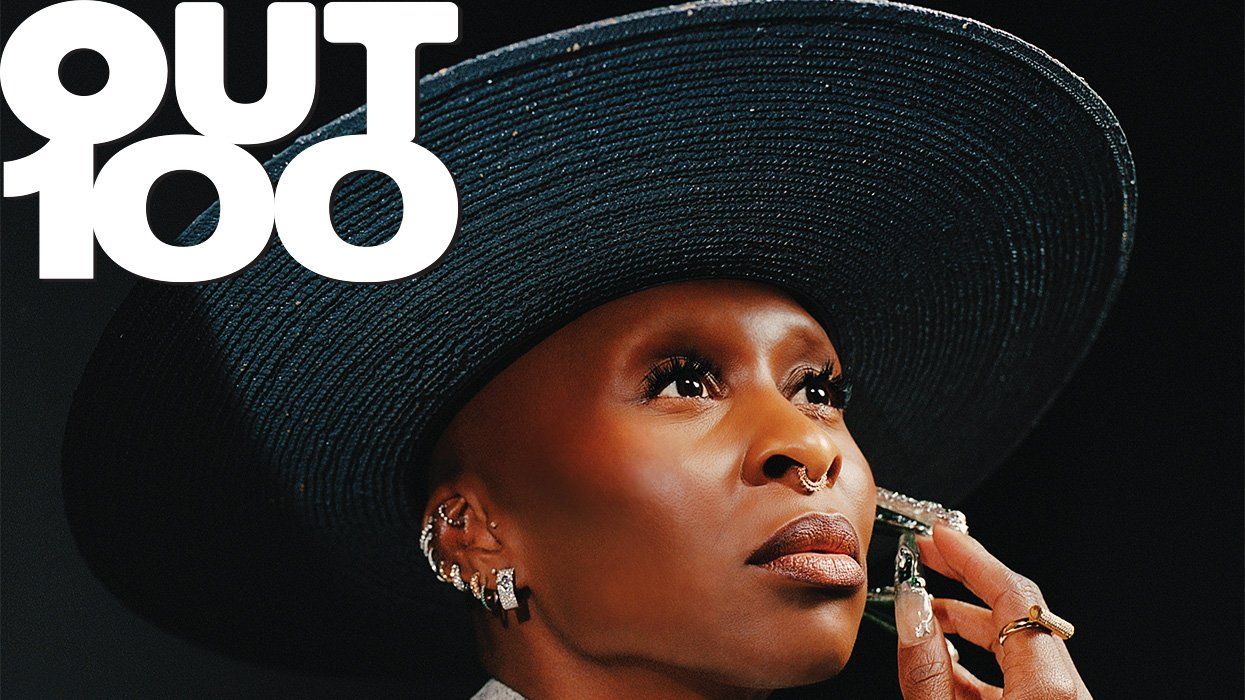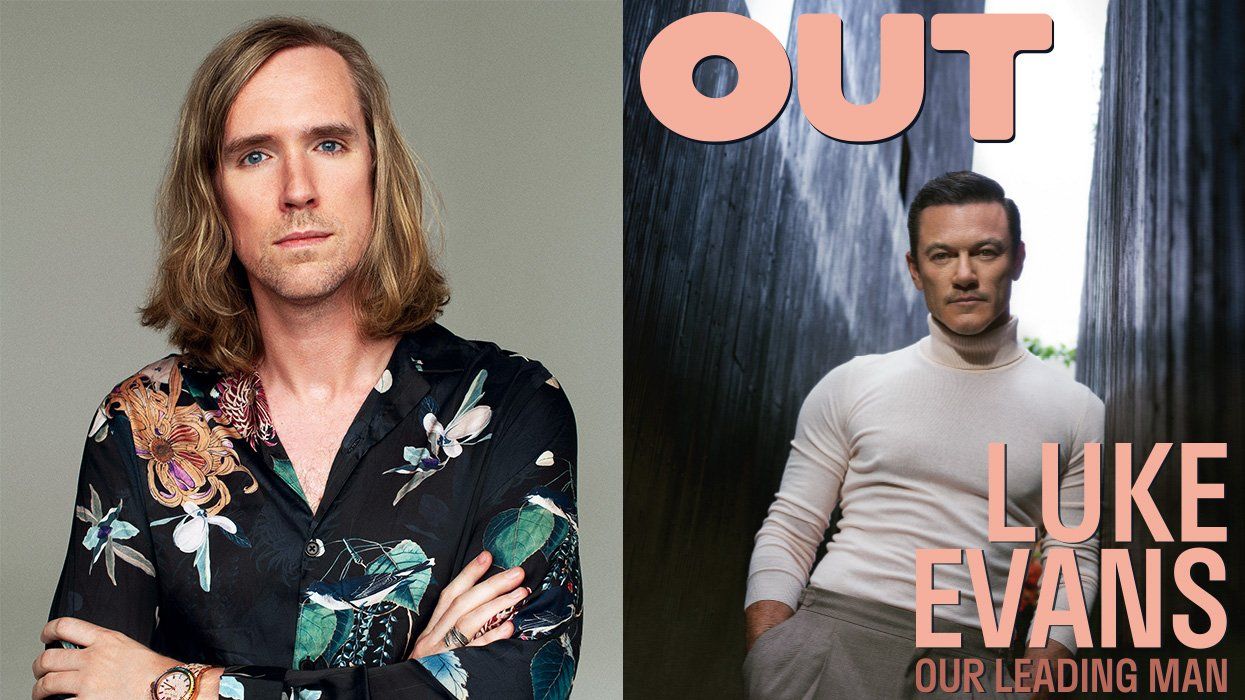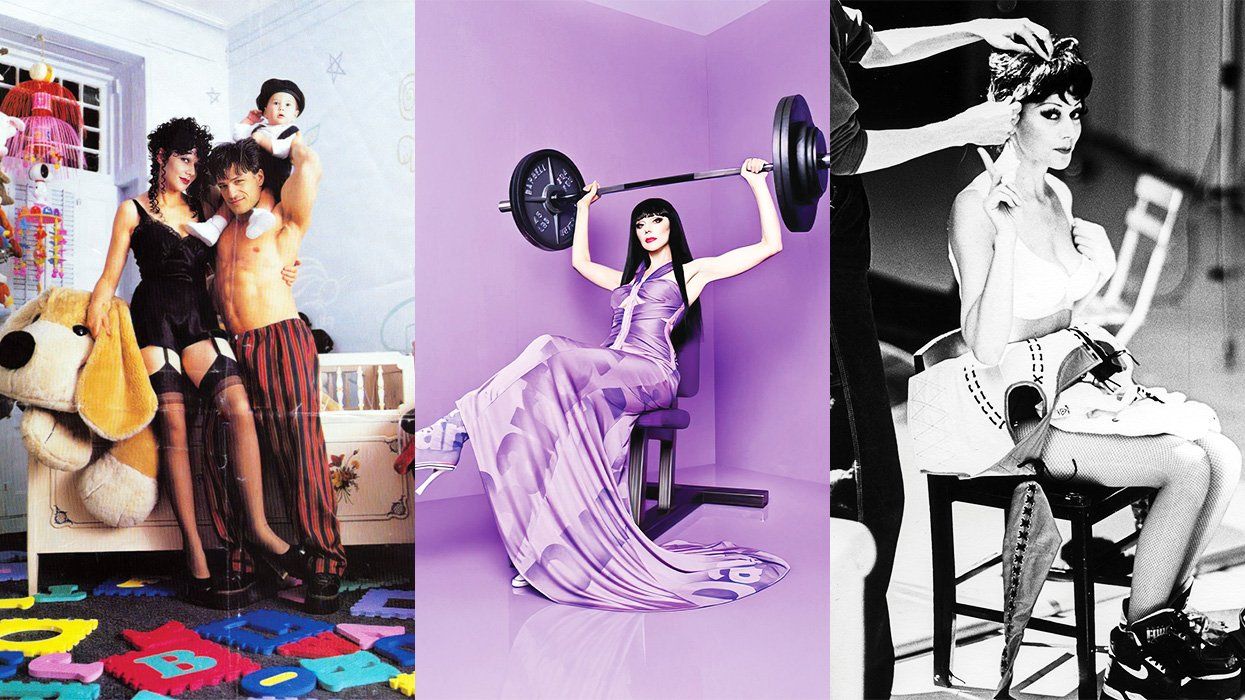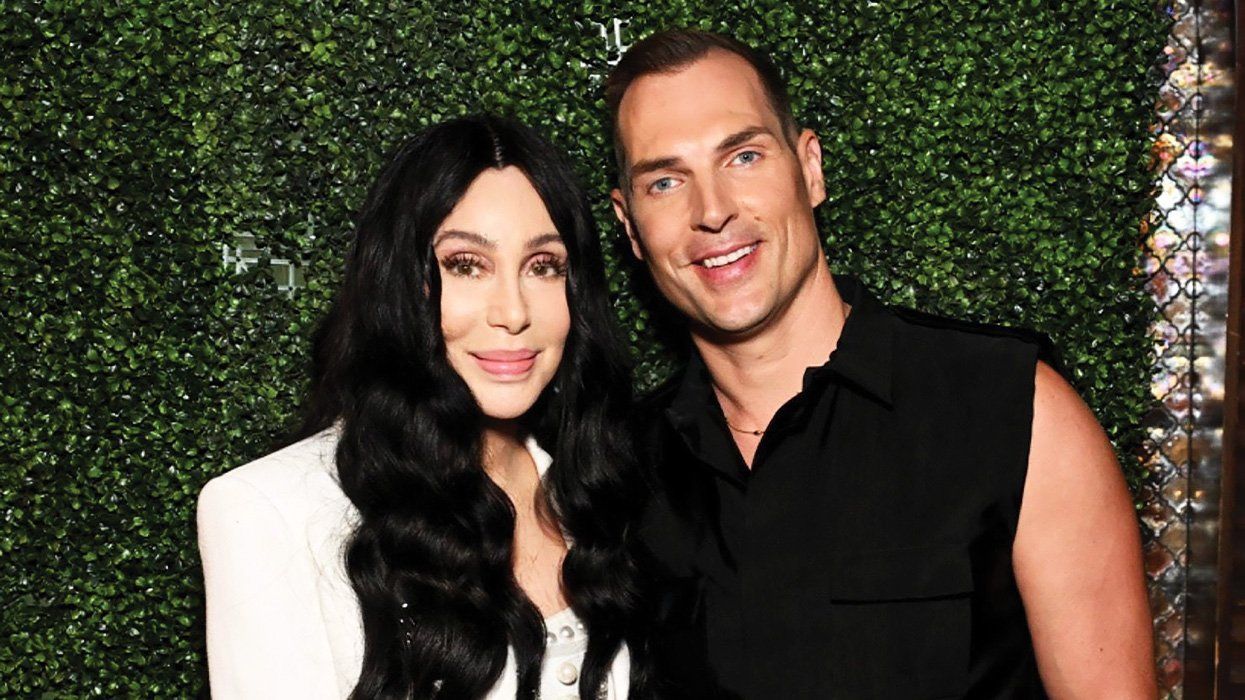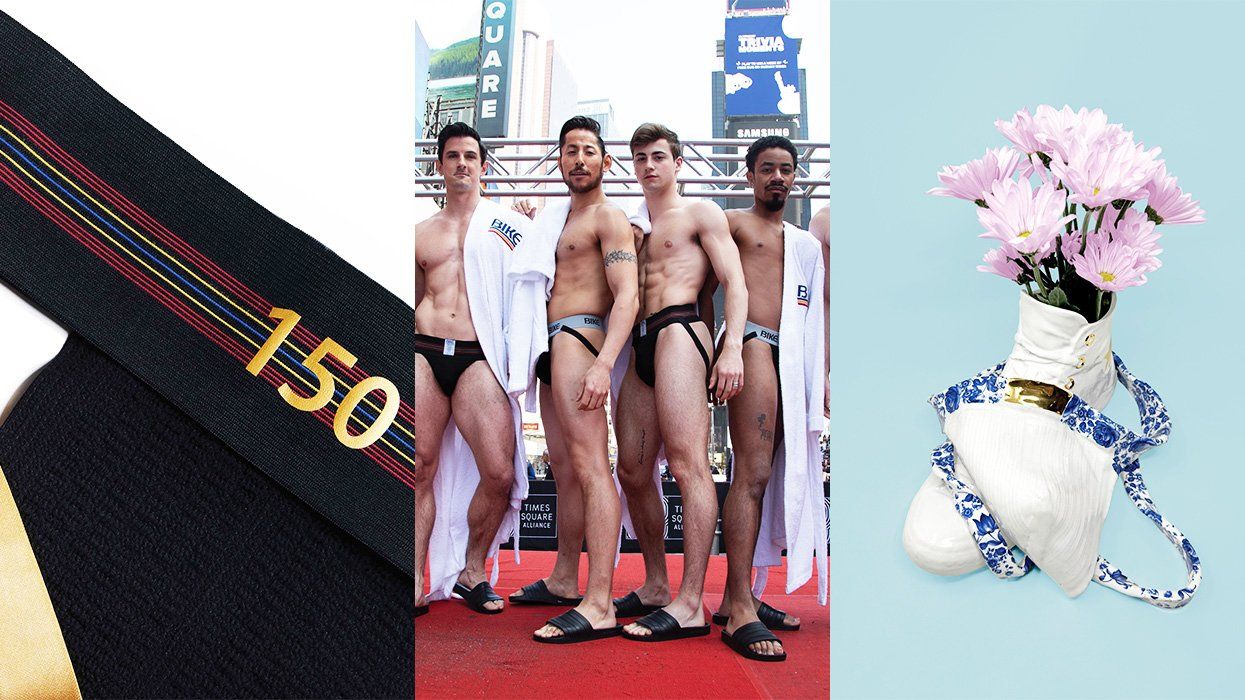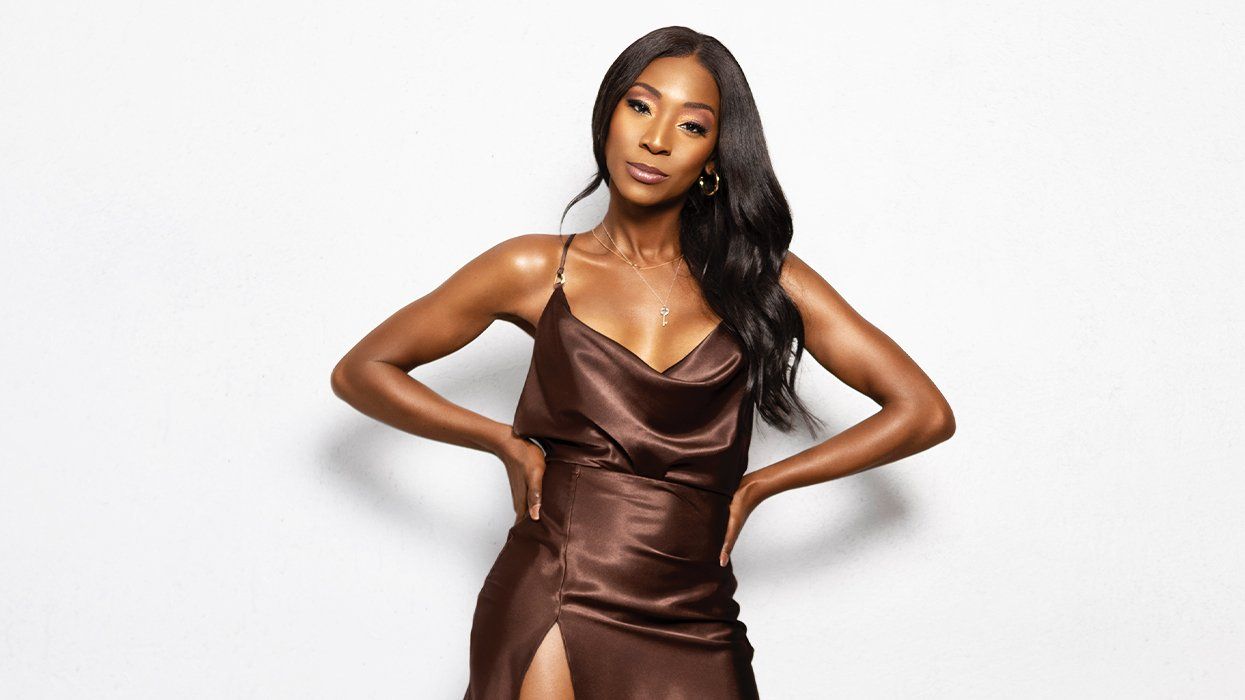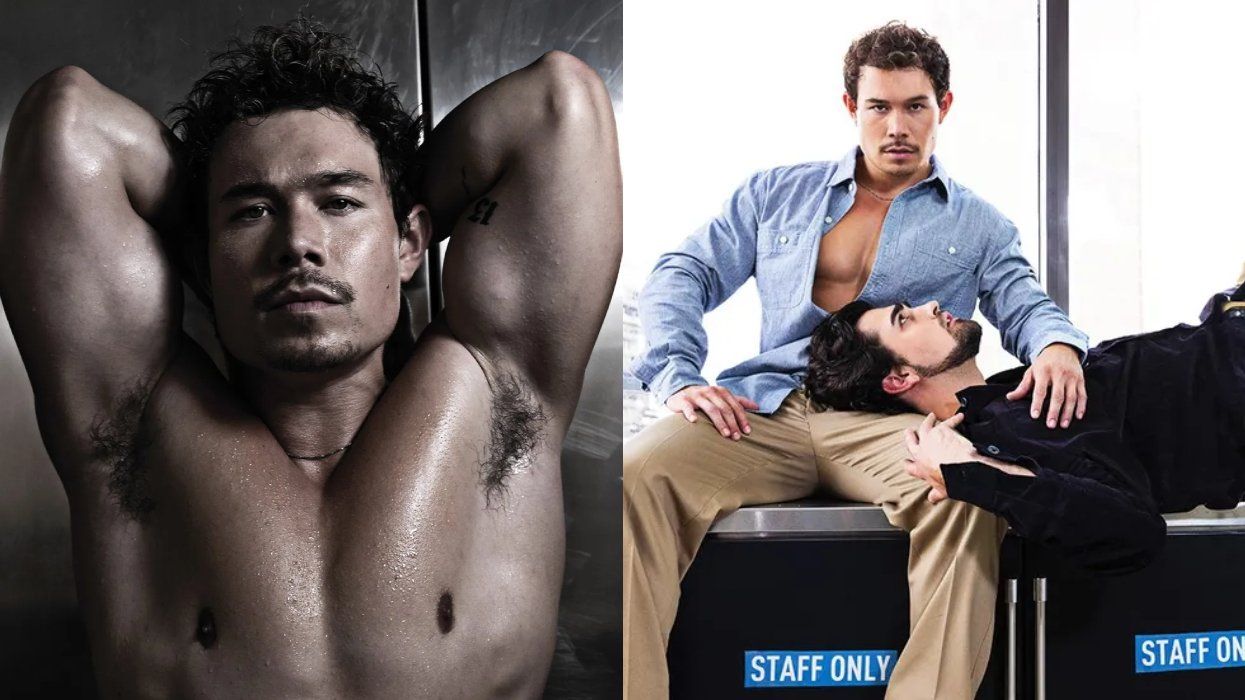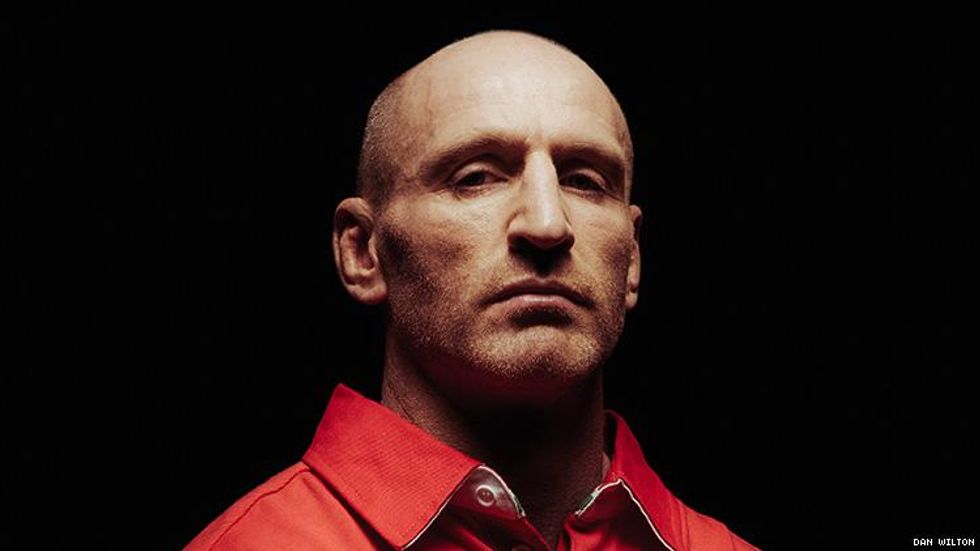
Superstar Gareth Thomas is best known as an accomplished rugby player who led Wales to their first grand slam in almost three decades circa 2005. But this year, Thomas's retirement was interrupted when a group attempted to blackmail him about his HIV status. Instead of giving in to their demands, the athlete made his status known to the world, positioning himself to confront stigma surrounding HIV and those living with the disease head on, first by completing a 140-mile Ironman triathlon the next day. "Now that you have that information, that makes me extremely vulnerable but it does not make me weak," he said in a video posted to Twitter, in which he revealed that he had been living with HIV for an undisclosed number of years. "I choose to fight, educate, and break the stigma around this subject." Thomas was widely praised, and has since announced that he and Prince Harry, alongside Terrence Higgins Trust, will partner together to fight misconceptions around the disease and encourage others to get tested. "I hope that, by speaking out and being visible, I've helped to show that living with HIV doesn't have to limit you or hold you back," he says. "Too many people's views of HIV are stuck in the 1980's, and that needs to change. I'm not speaking out for me -- I'm doing it for everyone living with HIV who's suffering and doesn't have a platform to speak out."
Dr. Steven Thrasher, Decriminalizing HIV
According to the Center for Disease Control and Prevention, 26 states had laws that criminalize HIV exposure as of 2018. In 19 of those states, these laws require people aware that they are living with HIV to disclose their status to sexual partners, while 12 states could sentence those who don't disclose with 12 years to a life of imprisonment. Through his work, Dr. Steven Thrasher has been fighting these laws, which are ineffectual, out of date, stigmatizing, and ultimately dangerous. "Criminalizing HIV does not help stop the transmission of the virus," says Thrasher, the inaugural Daniel H. Renberg Chair of Social Justice in Reporting at Northwestern University's Medill School of Journalism. He notably led the reporting and critique around the case of Michael Johnson, who was sentenced to 31 years in prison by Missouri courts as a result of HIV criminalization laws in 2013. Thrasher, who had been following the case since its beginning, was present when Johnson was released on a successful appeal this year, an astonishing 25 years earlier than sentenced. "Among a majority of young people, the virus transmits most frequently from people who do not know that they are living with HIV. So there is no 'deterrent effect' from HIV laws in terms of 'risky behavior.'" Instead, the laws disincentivize people from getting tested, and further a stigma around the virus that bodes well for no one. As Dr. Thrasher proves, incarceral justice is no justice at all.
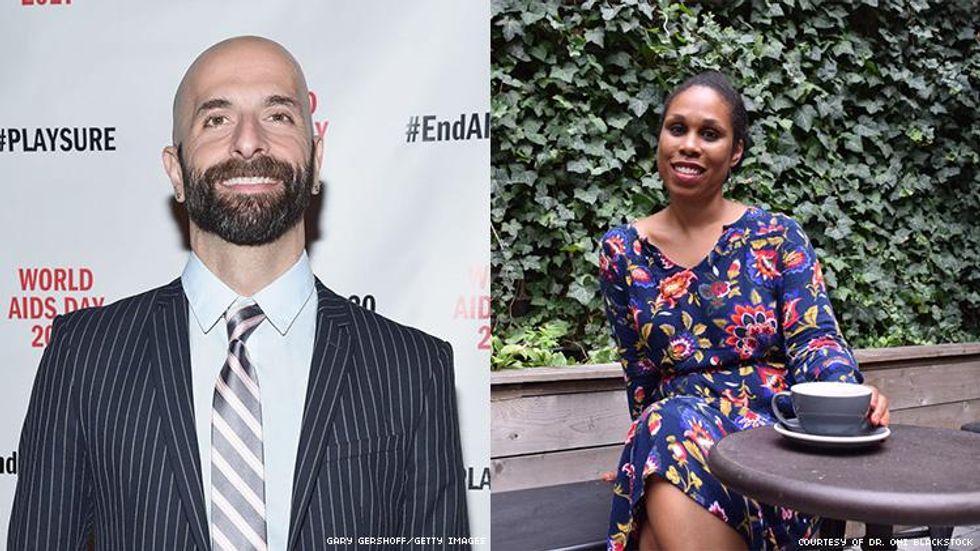
New York City has led the Undetectable = Untransmittable (U=U) conversation in the United States since 2016, when the city's Health Department signed Prevention Access Campaign's Consensus Statement, affirming that individuals living with HIV whose viral load are at undetectable levels in the bloodstream cannot transmit the virus to others. The mainstreaming of that message is due, in part, to the important work of Drs. Demetre Daskalakis and Oni Blackstock, who notably helped launch the "Made Equal" campaign to promote and spread the U=U message. "U=U is becoming the main language of prevention along with PrEP; it is a game changer," Dr. Daskalakis says. "I think my proudest moment in the HIV/AIDS space [this year] was speaking at the Stonewall 50 rally at World Pride. From the stage, I asked the people attending if they had heard of U=U. I expected some people to cheer, but I did not expect the entire audience to proclaim a giant 'yes' with thunderous applause. It confirmed how far we have gotten with this message." But, Dr. Blackstock cautions, the work is not done.
"We need to be talking more about systems of oppression such as racism, homophobia, and transphobia, as well as social determinants of health like housing and employment, and how these impact the HIV-related inequalities we continue to see," she says. "Key to ending the epidemic is dismantling these larger systems that increase HIV risk, and that make it difficult for people to access HIV testing, prevention, care, and treatment services."
But, their office is making headway: this week, the New York City Department of Health and Mental Hygiene announced that not only were the number of new diagnoses in New York City at historic lows for 2018, but the percentage of individuals with undetectable viral lows was up.
This piece was originally published in this year's Out100 issue, out on newstands 12/10. To get your own copy directly, support queer media and subscribe -- or download yours for Amazon, Kindle, or Nook beginning 11/21.



